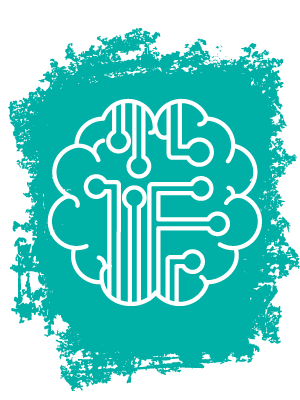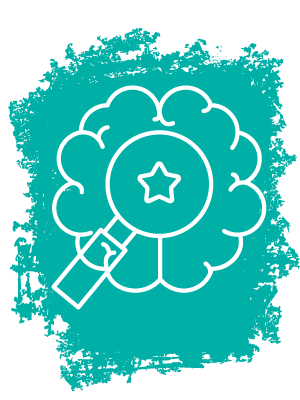
Community Building and Collaboration
Community building involves identifying resources within your community and building relationships to help navigate all the different services, providers, systems, and agencies.
Following are some ideas and strategies to help you get started collaborating with other providers and agencies in the community you serve.
Navigating Available Services and Support
Job seekers with disabilities are often unable to access all the services and support available to them in their communities and frequently must overcome many barriers before they are ready for employment. They require their basic needs met before they are willing to think about seeking employment.
Community building is an important aspect to helping individuals with disabilities navigate the different systems and get the resources needed to succeed in life.
Collaborative Service Delivery Outcomes
Why an Interdisciplinary Team, or an Integrated Resource Team (IRT)? How is this different from the team that meets around an Individual Education Program (IEP)?
- An Interdisciplinary Team works with the student on short, intermediate, and long-term goals. These teams allow multiple service providers to align their plans and coordinate services across agencies, ensuring supportive delivery without duplication.
- An Individual Education Program Team, on the other hand, focuses on education-related objectives and ceases to meet once the student completes their secondary career or ages out.
- It's understood that as the student ages out of resources (i.e. State Education, Title 1 Youth, etc.) and ages into additional adult resources (i.e. Traditional Vocational Rehabilitation Services, WIOA Adult, SNAP E&T, etc.), team members will change as they are unique to the student’s needs and challenges.
Interdisciplinary Team members could include:
- Student
- Student’s Family Members
- Special Education and General Education Teachers
- School Counselor
- Transition Coordinator
- Vocational Rehabilitation Counselor
- Title 1 WIOA Youth/Adult Case Manager
- Foster Care Case Manager
- Juvenile Justice Parole/Probation Officer
- Independent Living Center Staff
- Mental Health Counselor
- Community Rehab Provider
- Developmental Disability Agency Staff
What does success look like when it comes to building Interdisciplinary Team collaboration?
- School staff, VR counselors, and community service providers engage in planning meetings with students and families
- Coordinated requests for information (e.g., to parents, employers, agencies, etc.)
- Coordinated collection and use of assessment data for EDP, IEP, and IPE
- Collaborative funding and staffing of transition services (e.g., braided funding, blended staff, etc.)
- Collaborative consultation between special, general, career technical, and vocational educators
- Collaborative program planning and development, including employer involvement
- Collaborative delivery of transition-related services by school, VR, and other relevant stakeholders
- Student and family linked with appropriate provider to assist with financial planning, health care system navigating, adult disability or mental health services, and transportation
Tools
Following are some tools and resources to learn even more about this topic.
Featured Resources

What Is Possible When Systems Truly Collaborate?
A conversation about the Commonwealth of Virginia’s statewide efforts to increase the employment outcomes for youth and adults with the most significant disabilities. Free Webcast: Systems Collaboration

Competitive Integrated Employment Toolkit
A resource to improve post school employment outcomes for students with disabilities. Get the Competitive Integrated Employment Toolkit
Related Resources:
- Building Community Supports for Young People in the Transition Years: A Tip Sheet for Service Providers (PDF)
- Mapping Community Resources (PDF)
- Building and Sustaining Collaborative Community Relationships (PDF)
- Guidance and Career Counselors’ Toolkit: Advising High School Students with Disabilities on Postsecondary Option (PDF)

